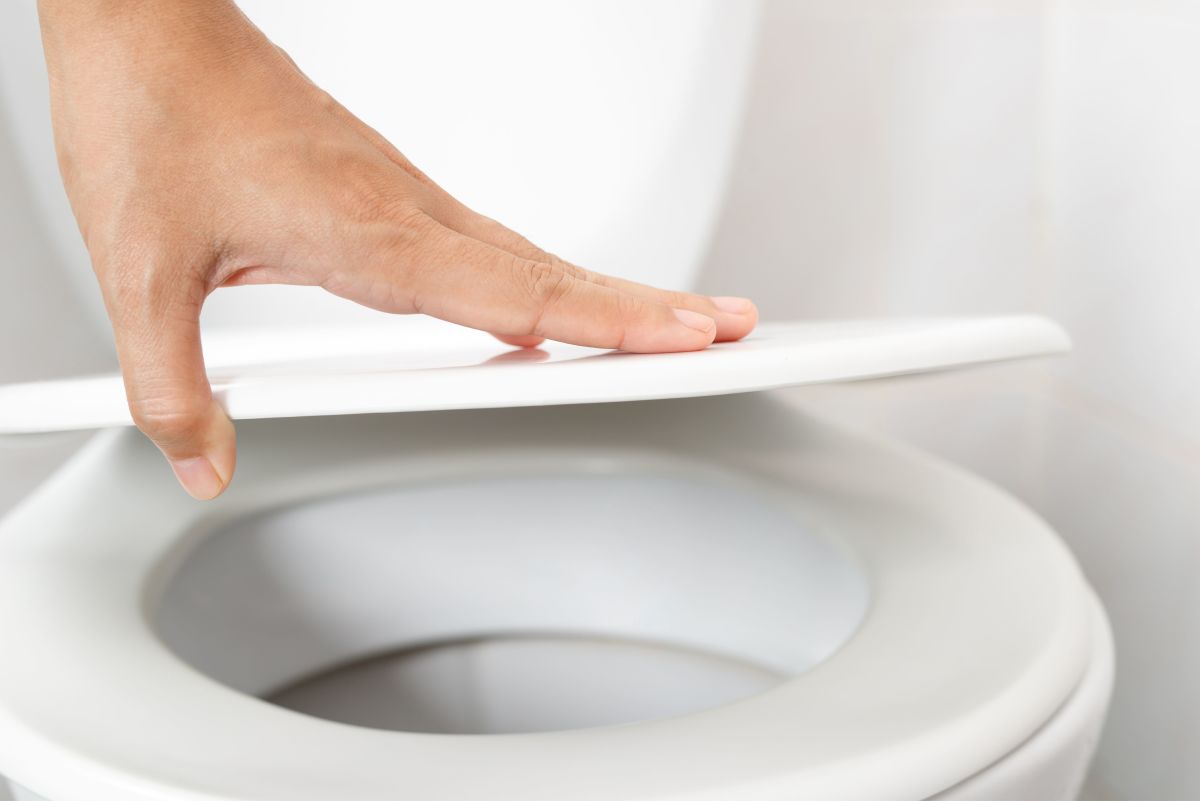
How to Manually Flush a Toilet Without Hassle?
Share
When faced with the challenge of a malfunctioning toilet or a water outage, knowing how to manually flush a toilet becomes an essential skill. As tech professionals and enthusiasts, troubleshooting and fixing problems are second nature to us. Yet, even for the most tech-savvy among us, handling a low-tech, nonoperational toilet can be a daunting task. But worry not, the steps to manually flushing a toilet are uncomplicated, and this guide will ensure that you handle the situation like a pro.

Understanding How Toilets Function
Before diving into manual flushing, it's important to understand how toilets work under normal circumstances. Most toilets operate based on a gravity-fed flushing system. When you press the flush handle, a chain lifts a rubber flapper at the bottom of the tank, releasing water into the bowl, which then clears the contents down the drain. The tank refills automatically afterward, readying the toilet for the next use.
Essential Tools and Materials for Manual Flushing
In cases where the toilet isn't functioning as it should, here are a few essentials you'll need to flush it manually:
- A bucket or container to hold water
- Approximately one to two gallons of water
- A funnel or a steady pour if youre using a larger container
Essentially, what you will be doing is simulating the original flush process by pouring water directly into the bowl with enough force to clear it.
Step-by-Step Guide to Manually Flushing a Toilet
Step 1: Fill Your Bucket
Start by filling your bucket or container with about one to two gallons of water. Having enough water is crucial to creating the force needed to clear the bowl.
Step 2: Pour with Precision
Pour the water swiftly towards the bottom of the bowl. The key is to mimic the gravitational flush as closely as possible. Aim for a steady stream rather than an explosive pour to avoid splashing.
Step 3: The Alternative Tank Technique
If the pipes leading to the tank are functional but the flush mechanism is not working, fill the tank manually. Lift the lid and pour water into the tank until it reaches the recommended water line. You can then flush as you normally would.
Why Knowing This Is Crucial
The life of a tech professional often involves troubleshooting issues under pressure. Whether youre called on to fix a system glitch or handle an unexpected power outage, understanding an alternative approach to day-to-day processes can be invaluable. As with many toilet maintenance tips, knowing how to manually flush keeps things functional and ensures hygiene, especially during emergencies.
Preventive Measures and Troubleshooting
Just like any tech system, preventive measures for toilets can reduce the frequency of emergency measures. Regular checks and maintenance can help identify potential issues, such as inspecting for leaks, frequently cleaning the flapper, and assuring all parts of the flush system are in good working order. Implementing these hygiene rules and maintenance checks keeps your toilet performing optimally.
Handling Water Supply Issues
If you encounter a prolonged lack of running water, it becomes necessary to seek alternative sources for flushing. Collect rainwater, repurpose water from cooking or cleaning, or use water from nearby bodies of water when possible. Remember, one flush might require one to two gallons, depending on toilet design.
Tech enthusiasts, if you're interested in learning about water conservation, you might find articles such as how to flush a toilet when water is off informative and beneficial.
Conclusion
Equipping yourself with the knowledge of how to manually flush a toilet ensures smooth sailing during those stormy moments when technology just doesn't cooperate with us. Just as with any tech endeavor, understanding the fundamentals and having a process in place enhances problem-solving efficiency. Remember, every tech challenge is an opportunity for a creative solution!

FAQ
How much water should I use to manually flush a toilet?
You should use around one to two gallons of water to generate sufficient force.
Can pouring too quickly damage the toilet?
Rapid pouring might cause splashing but should not damage the toilet if done carefully.
Is manually flushing a long-term solution?
No, it is a temporary fix until the main issue is resolved or water access is restored.
